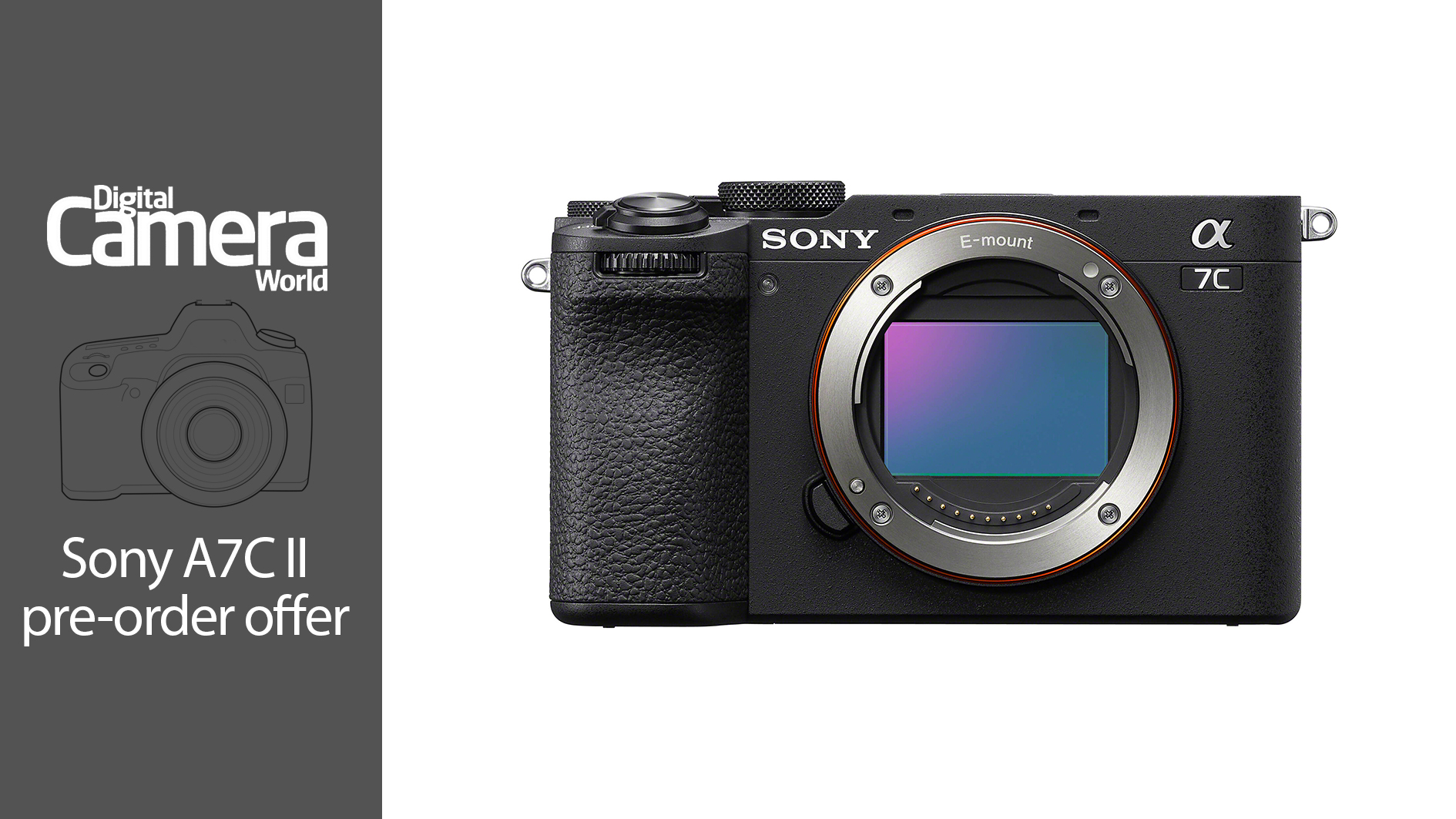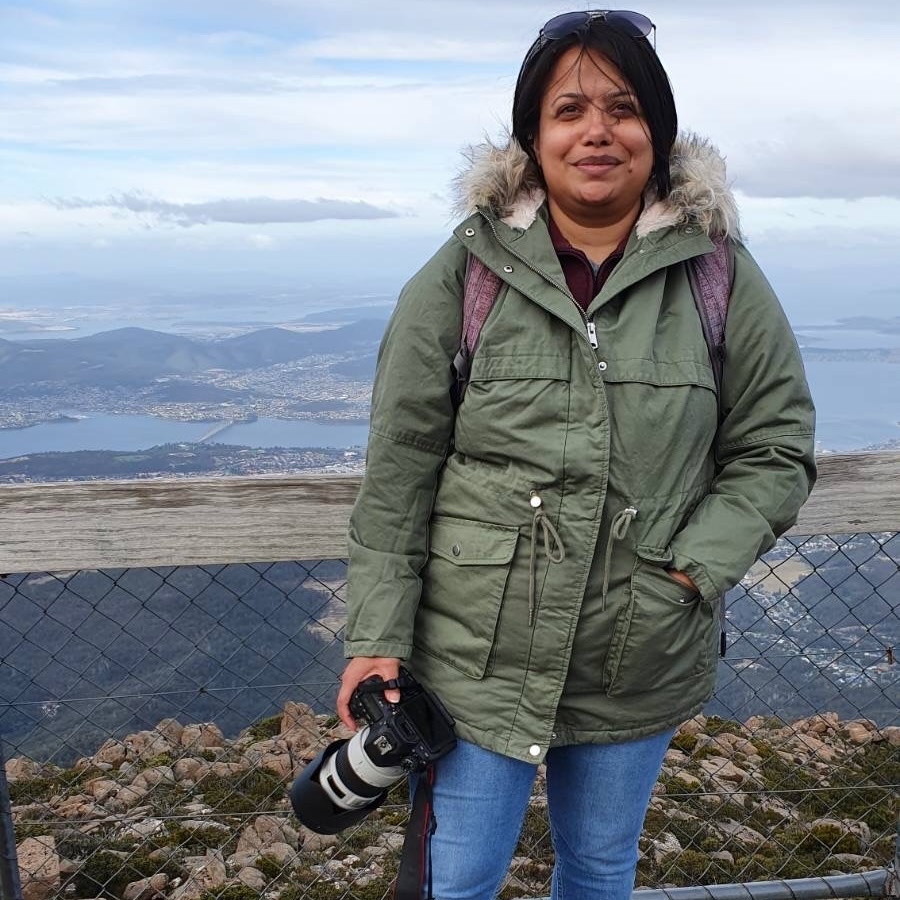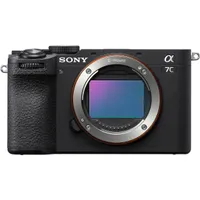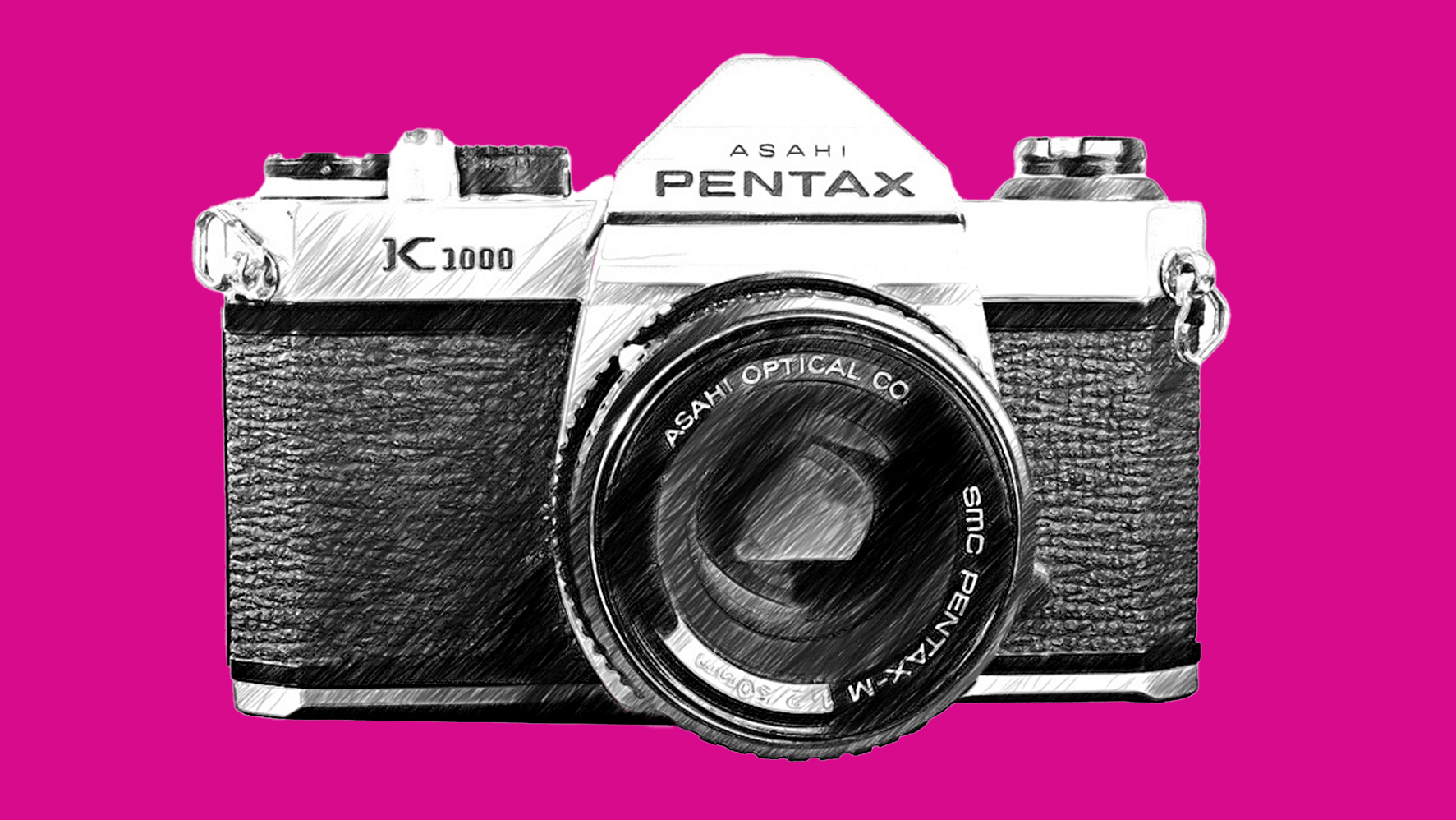The Sony A7C II has just been announced and there's already savings to be had
This pre-order offer will see you save AU$200 on the Sony A7C II body and score a bonus 2TB Samsung T7 Shield portable SSD

It has only just been announced – only in the wee hours of the morning today (August 30) – and you can already save a little money on Sony's latest full-frame snapper.
The Sony A7C II is the lovechild of some of the electronics giant's older full-frame mirrorless cameras, taking bits and bobs from the likes of Sony A7R V, Sony A6700 and the vlogging specialist that is the Sony ZV-E1. That in itself means this could well be the complete package – compact and lightweight to take on travels, plus top-notch performance that we've come to expect from Sony's cameras. We did put the camera to the test ourselves and you can take a look at our in-depth Sony A7C II review to see how it performs.
The camera is up for pre-order directly from Sony and authorised dealers for an RRP of AU$3,499 body only, but one Aussie retailer is offering AU$200 off that price. And is throwing in a bonus Samsung portable SSD worth AU$348 into the bargain.
Sony A7 C II body | AU$3,499 AU$3,299 + bonus Samsung 2TB T7 Shield SSD at DigiDirect (save AU$200)
With a higher resolution sensor than the older model, plus a new AI engine to make it a lot faster, the Sony A7C II quite the little compact package. There's not a whole lot that's new here – taking features from other Sony cameras – but it's a huge improvement from the first-gen camera. Pre-order now and you can save AU$200 and score a bonus 2TB Samsung T7 Shield portable SSD worth AU$348 too.
While DigiDirect is offering a AU$200, Sony will price match if you want to shop directly from the maker. You won't get a free SSD when shopping from Sony, but you will get a bonus 128GB Sony Tough UHS-II card worth AU$179. In our opinion, the DigiDirect offer is the more tempting one.
So, what do you get for your money? It starts with a 33MP back-illuminated sensor (compared to 24MP in the A7C) paired with Sony's Bionz XR imaging engine that's done really well since it debuted in the A7S III back in 2020.
There's also an AI processor that Sony says will give the second-generation model up to eight times the speed of the predecessor, allowing it to capture continuously up to 10fps with autoexposure and autofocus through the burst. This should also bump up the buffer memory, promising to capture 1000+ JPEGs or 44 RAW files in one go or, if you're shooting in RAW+JPEG, then you'll get 20 files of each.
Autofocus is a 759-point phase-detect system and these will cover 94% of the frame, with the ability to focus in low light down to -4.0EV (again, a slight improvement over the first-gen A7C). In-camera focus stacking also gets an improvement of up to 299 frames.
Physically, the new camera is oh-so-marginally different from its predecessor, but is strikingly similar to the Sony A6700. Sony claims the camera setup, with redesigned dials and customisable buttons is more ergonomic, but it's a shame there's nothing quite new here.
The EVF is from the rangefinder A6700, so you get a 2.36 million-dot OLED panel with a 0.7x magnification. Compared to the A7C, though, this is an improvement. The rear 3-inch LCD display has a 1.03 million-dot resolution and gets Sony's latest touch interface that's a lot more user-friendly than what we saw in the older camera.
And there's only a single UHS-II SD card slot here.
So while there's a lot of familiar specs here, they're from different Sony cameras and, in one package, is a major improvement over the original A7C. So if you're keen on an upgrade, pre-order now and save a little cash and get some freebies too.
The best camera deals, reviews, product advice, and unmissable photography news, direct to your inbox!

Along with looking after they day-to-day functioning of Digital Camera World in Australia, Sharmishta is the Managing Editor (APAC) for TechRadar as well. Her passion for photography started when she was studying monkeys in the wilds of India and is entirely self-taught. That puts her in the unique position to understand what a beginner or enthusiast is looking for in a camera or lens, and writes to help those like her on their path to developing their skills or finding the best gear. While she experiments with quite a few genres of photography, her main area of interest is nature – wildlife, landscapes and macros.

